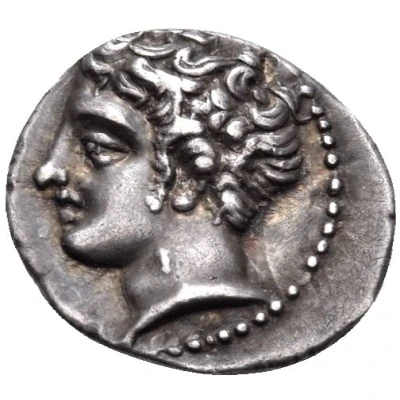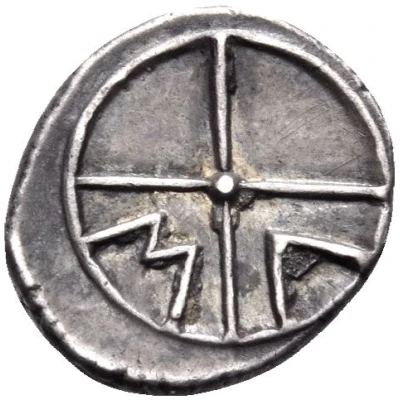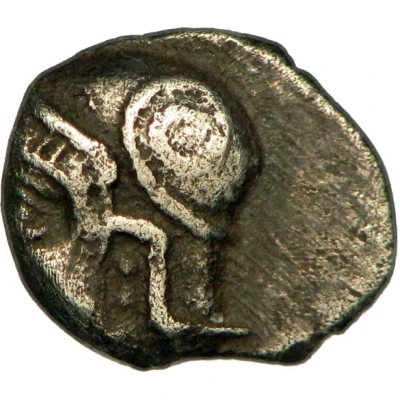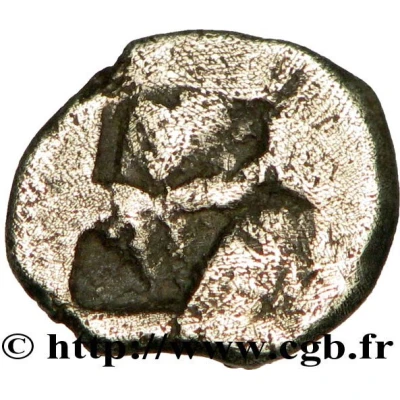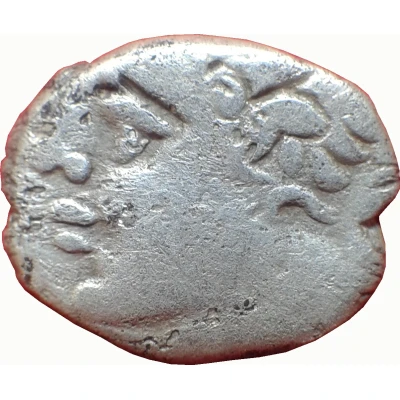
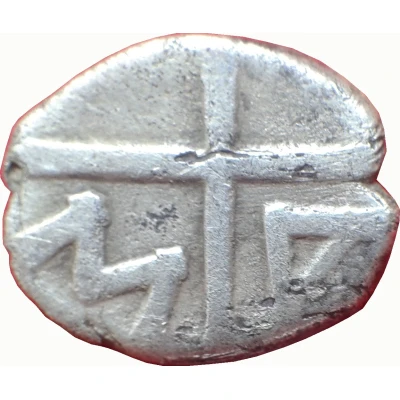

© Monéphil (CC BY-NC)
Obol Massalia Imitation 120 BC - 82 BC
| Silver | 0.53 g | 9 mm |
| Issuer | Massalia (Gaul) |
|---|---|
| Type | Standard circulation coin |
| Years | 120 BC - 82 BC |
| Value | Obol (⅙) |
| Currency | Phocaean Drachm |
| Composition | Silver |
| Weight | 0.53 g |
| Diameter | 9 mm |
| Shape | Round (irregular) |
| Technique | Hammered |
| Orientation | Variable alignment ↺ |
| Demonetized | Yes |
| Updated | 2024-10-10 |
| Numista | N#46513 |
|---|---|
| Rarity index | 91% |
Reverse
4 spokes
Script: Greek
Lettering: MA
Translation: Massalia
Edge
Rough
Interesting fact
One interesting fact about the Obol (Massalia Imitation) coin is that it was used as a form of currency in ancient Gaul, specifically in the city of Massalia (modern-day Marseille, France), during the 2nd century BC. Despite being a imitation of the original Athenian obol, it was still widely accepted and used in trade, highlighting the importance of currency standardization and the influence of Greek culture on the region.
